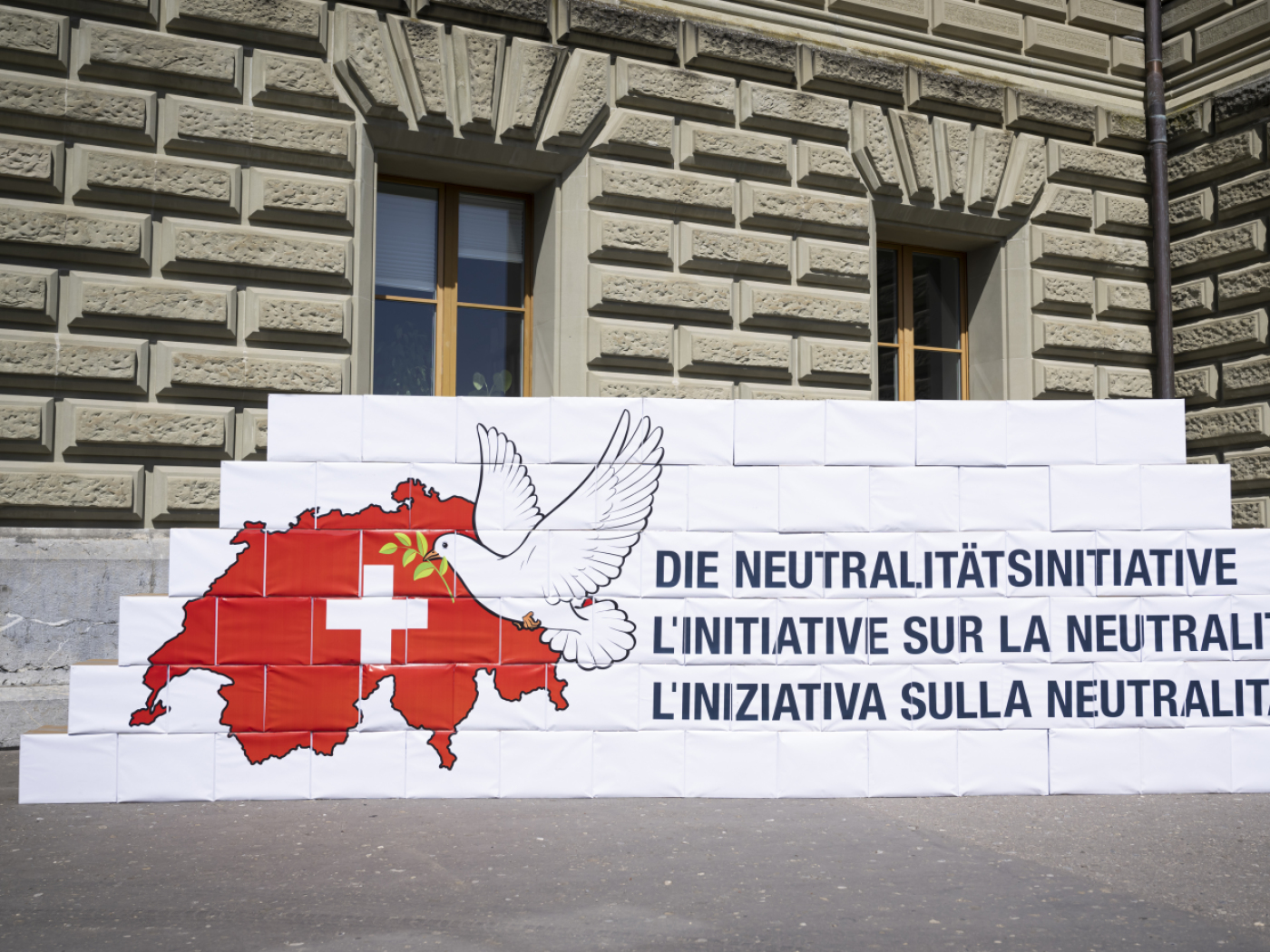
How Swiss direct democracy works
Many nations admire Switzerland’s system of direct democracy. But what do direct democratic tools like popular initiatives and referendums really entail? And how has this unique system evolved over time?
No other country in the world holds as many popular initiatives as Switzerland.
The first votes took place more than 100 years ago, and to this day Swiss citizens are regularly called to the ballot box to decide on local, regional and national issues.
Switzerland’s representative democratic system comes with direct democratic tools, some of which have actually reshaped the system itself. In 1891, for example, the introduction of the popular vote gained a majority, while in 1918, a popular initiative altered Switzerland’s electoral system by establishing proportional representation in most cantons. This means that if a political party receives 30% of the votes in a canton with ten seats in the House of Representatives, it is entitled to three of those ten seats.
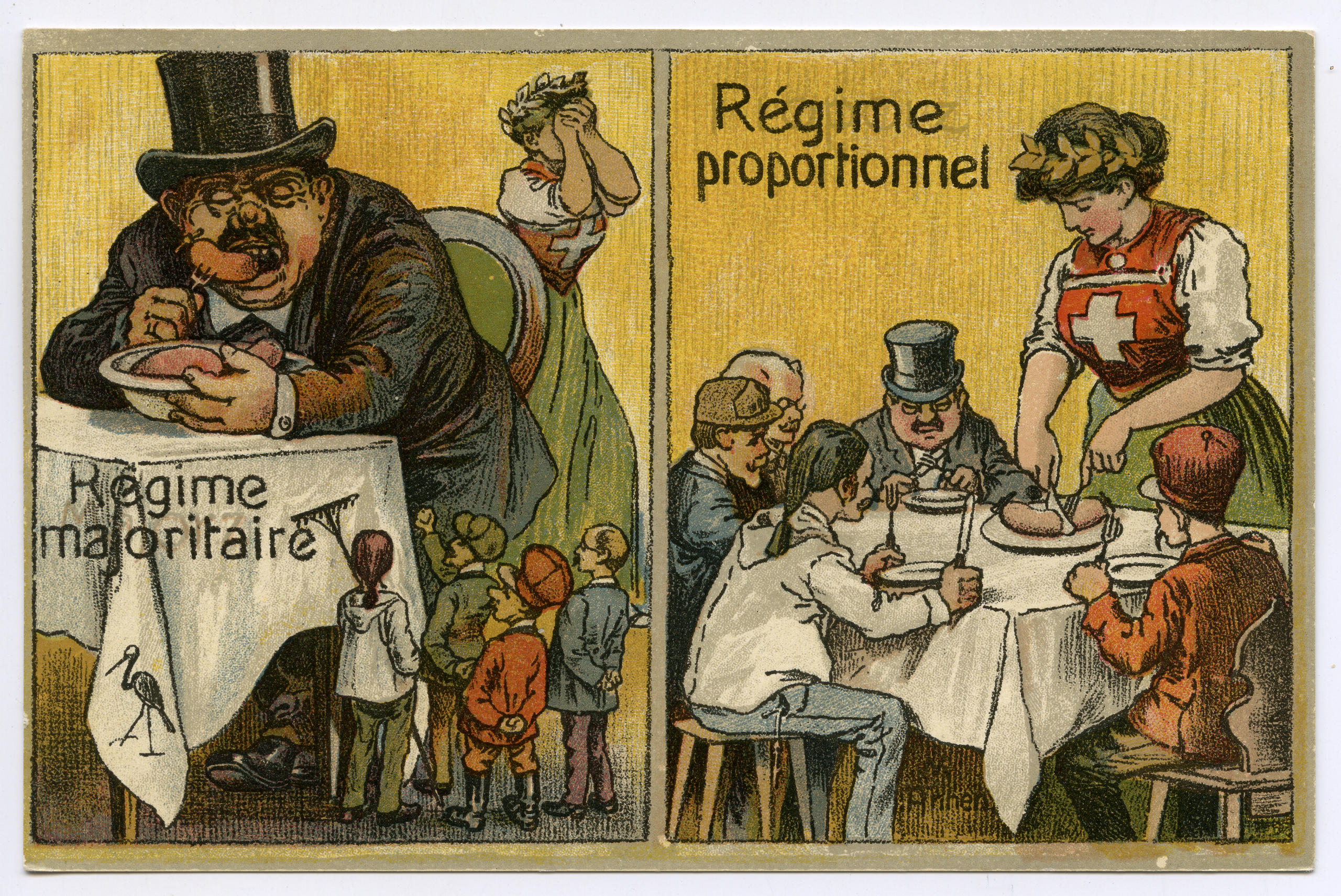
More
The road to proportional representation in Switzerland
Another fascinating chapter in Switzerland’s direct democratic history is that, as late as 1959, a significant majority of men voted against granting women the right to vote.
Women in Switzerland only gained the right to vote in federal elections in 1971. However, it wasn’t until 1991 that Appenzell Inner Rhodes, the last canton to do so, introduced women’s suffrage by order of the Federal Court.

More
The long road to women’s suffrage in Switzerland
What are Switzerland’s direct democratic tools?
Switzerland has various types of votes with the popular initiative being the most well-known.
The popular initiative or people’s initiative gives Swiss citizens the opportunity to propose changes to the Constitution. They can initiate a vote by collecting and verifying at least 100,000 signatures from eligible voters within 18 months.
But most popular initiatives launched throughout Swiss history have not been able to win support at both the federal and cantonal levels.
This does not mean that these popular initiatives lack impact. In fact, they are an effective tool for bringing issues to the forefront of the political agenda. Both government and parliament can react to an initiative with a counter-proposal.
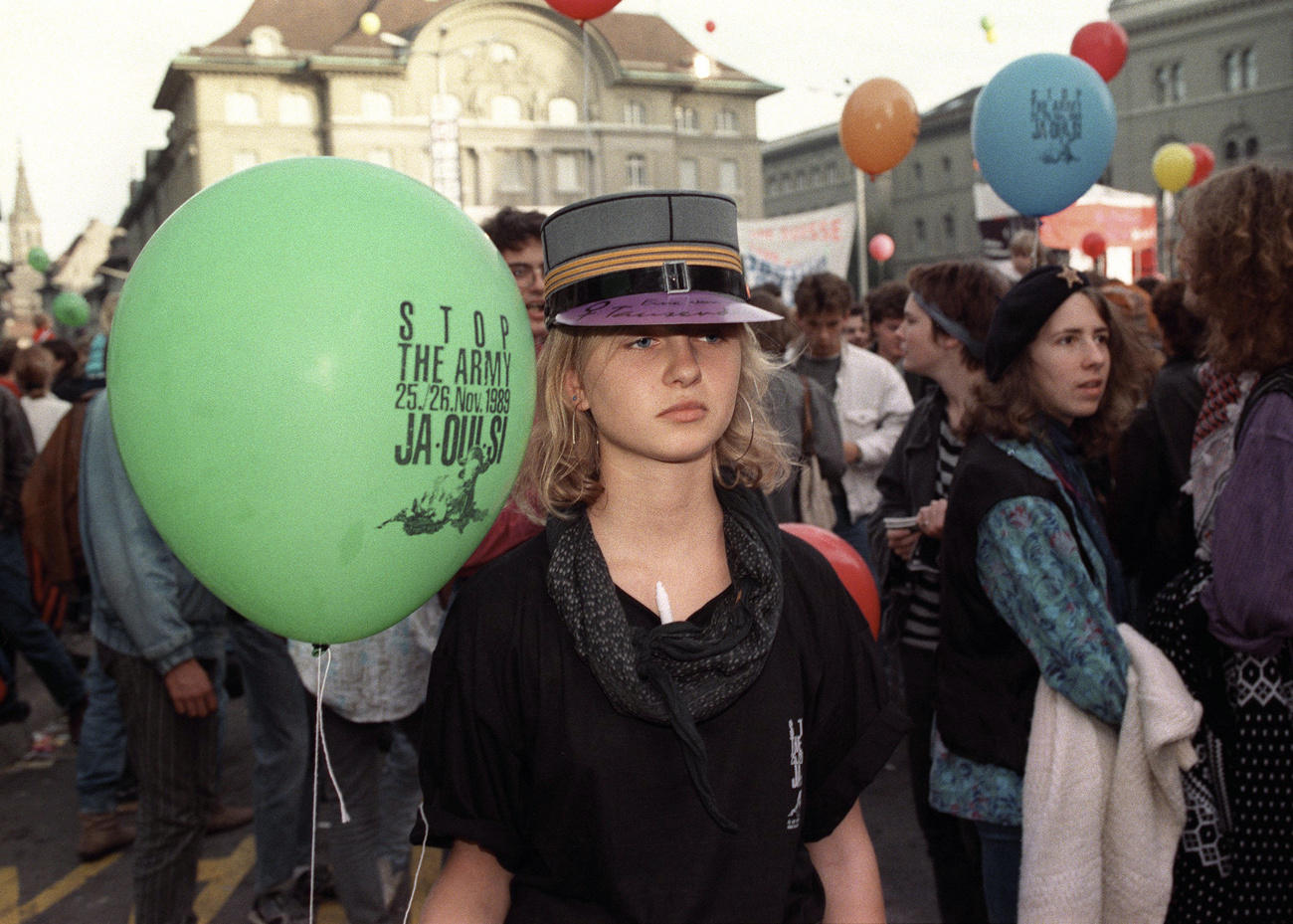
More
When Switzerland clipped its army’s wings
Another form of voting is the mandatory referendum which must be held if the government and parliament seek to amend the constitution or join international organisations such as the European Union or NATO.
The optional referendum, on the other hand, can be initiated by a citizens’ committee opposing a law adopted by the government and parliament. Citizens can challenge this law by collecting at least 50,000 valid signatures within 100 days to launch a referendum.
Citizens tend to vote according to the government’s recommendation
Throughout Swiss history, the majority of voters have often aligned with the government’s and parliament’s recommendations, even in referendums.
The optional referendum is the most commonly used tool of direct democracy to overturn decisions made by the government and parliament.
What are counter-proposals?
Before a popular initiative reaches the ballot box, it is reviewed by parliament. Both chambers – the House of Representatives and the Senate – debate the proposal and decide whether to accept or reject it or offer a counter-proposal.
Counter-proposals come in two forms:
A direct counter-proposal means that parliament gives the voters an additional choice when deciding on a popular initiative. Citizens can either accept the counter-proposal, accept the initiative, or reject both.
An indirect counter-proposal is a legislative proposal passed by parliament.
If the initiative committee agrees with the counter-proposal, the initiative will be withdrawn. If it does not agree, the vote will proceed. If the initiative is rejected at the ballot box, the indirect counter-proposal will be adopted.
Cantonal majority
Popular initiatives and mandatory referendums not only need a majority of votes but also a majority of cantons. This system gives small cantons with fewer people greater influence.
However, it is rare for a popular initiative to win the majority of votes but not get the majority of cantons. The last time this happened was in 2020 when the “Responsible Business Initiative” did not win the cantonal majority. The only other time this occurred was in 1955.
When it comes to referendums, the cantonal majority plays a more decisive role. In 2013, for example, a mandatory referendum aiming to harmonise family policies across Switzerland was not accepted despite winning 54.3% of the popular vote because it did not gain the support of a majority of cantons.
Maternity leave, on the other hand, was introduced in 2004 despite opposition from a majority of cantons. Since it was an optional referendum on a legal amendment, a cantonal majority was not required.
Shifting patterns in the use of direct democratic rights
In the early decades after the Swiss federal state was established in 1848, the mandatory referendum was the primary tool of direct democracy. Eligible male voters used it to vent their discontent, however, most referendums resulted in a majority of “no” votes.

More
The strengths of a ‘weak’ Swiss government
This slowly changed after the optional referendum was introduced in 1874. It pushed the government and parliament to seek compromises as the ruling majority sought to prevent discontent citizens from launching a referendum.
According to the Historical Dictionary of SwitzerlandExternal link, the proportion of optional referendums were around 6% of legislative proposals throughout the 20th century.
The popular initiative, introduced in 1891, took some time to gain traction. From 1891 to 1930, only 25 popular initiatives were launched. However, since the 1970s, more than 40 have been held in each decade.
Between 1891 and 2024 only 26 popular initiatives were accepted, 14 of which took place in the 21st century.
Edited Mark Livingston. Adapted from German by Billi Bierling/ac

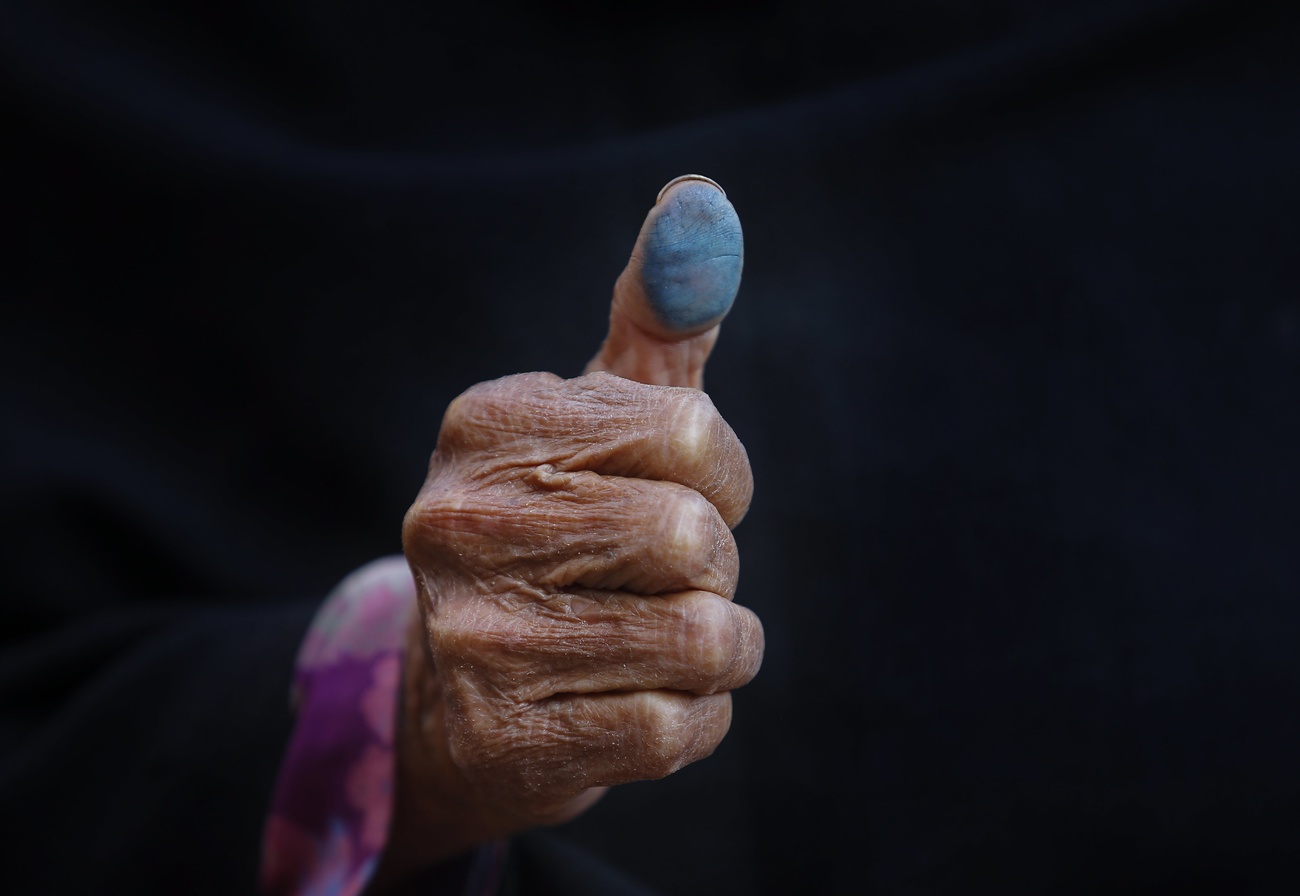












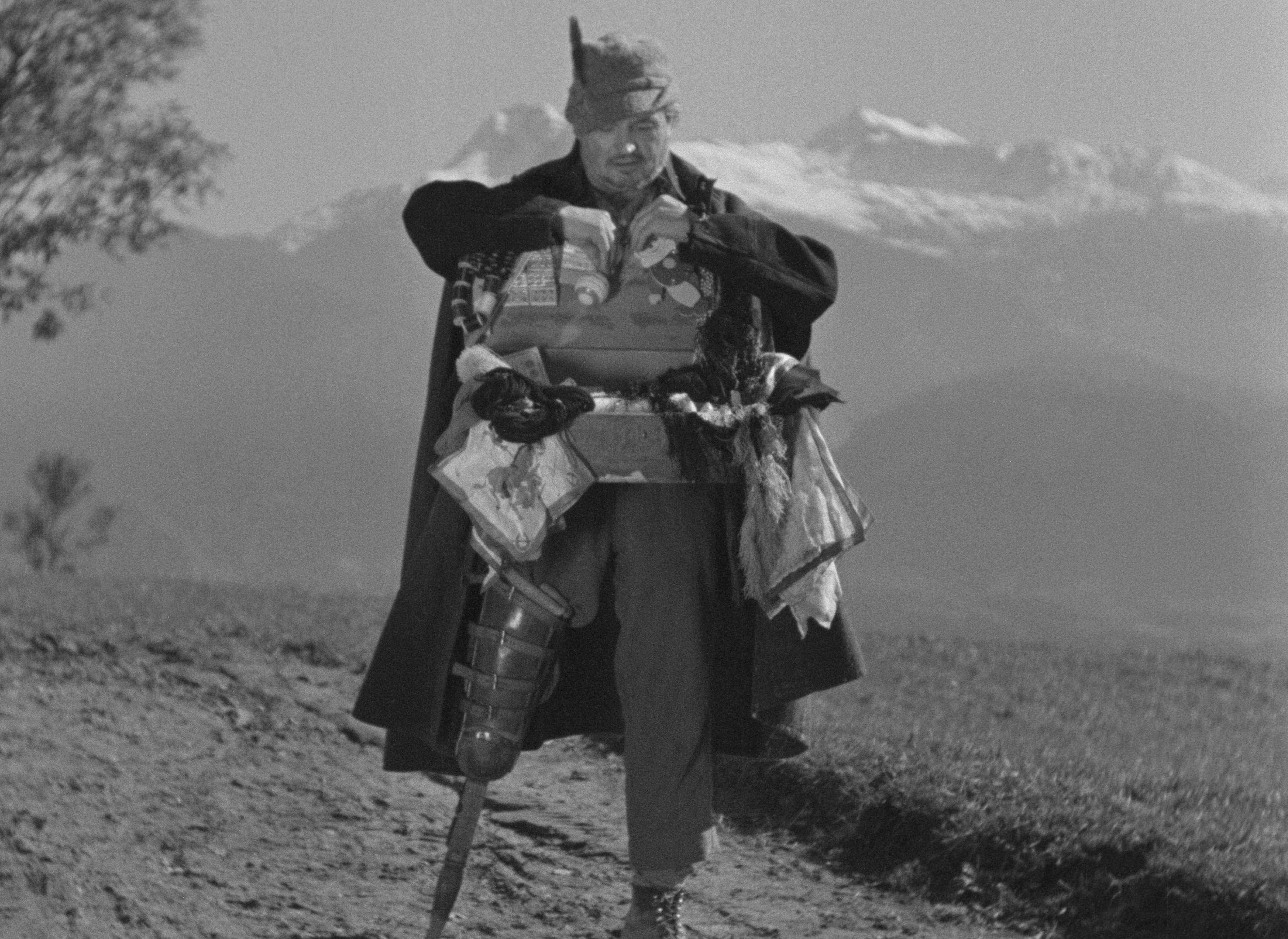
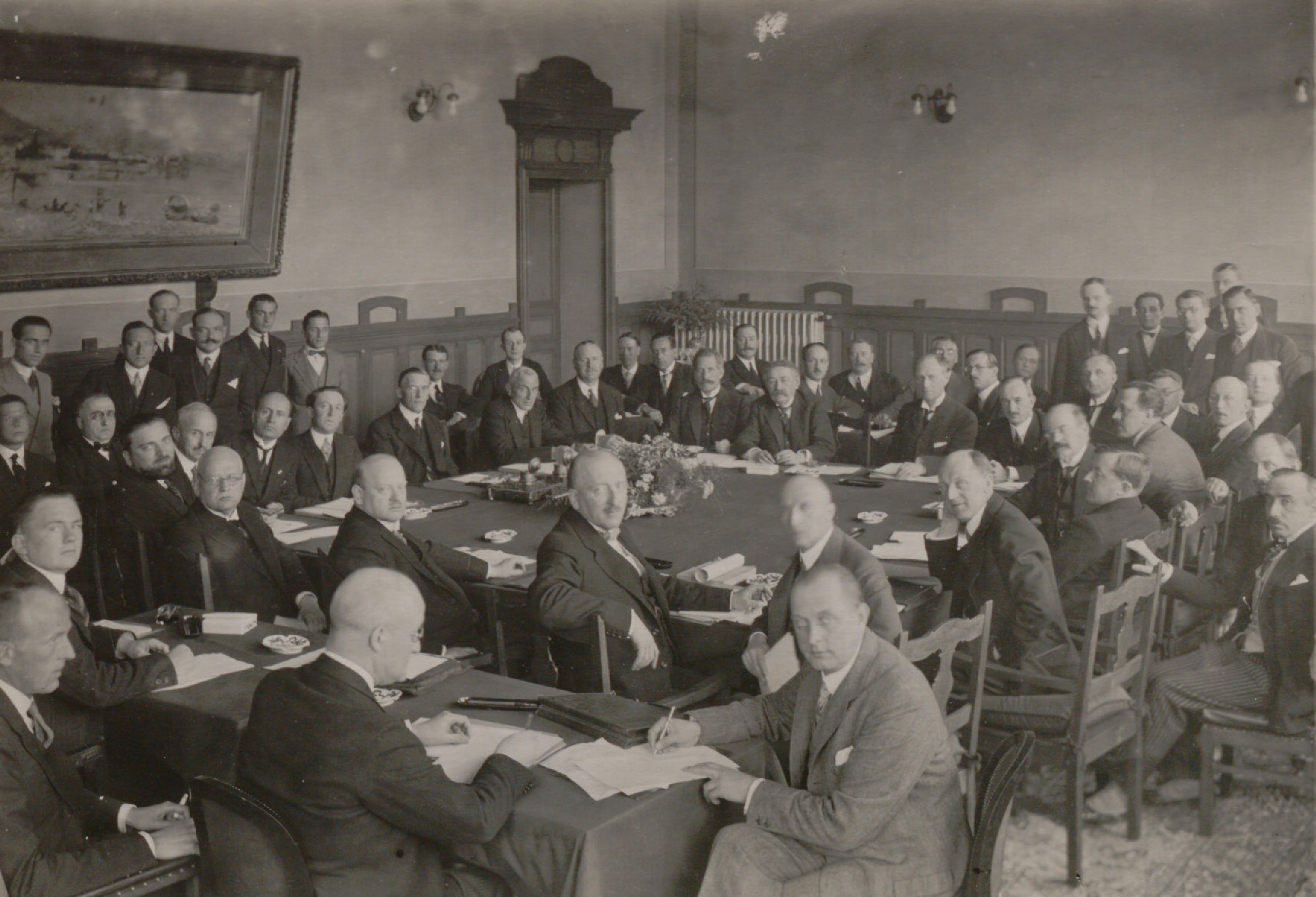












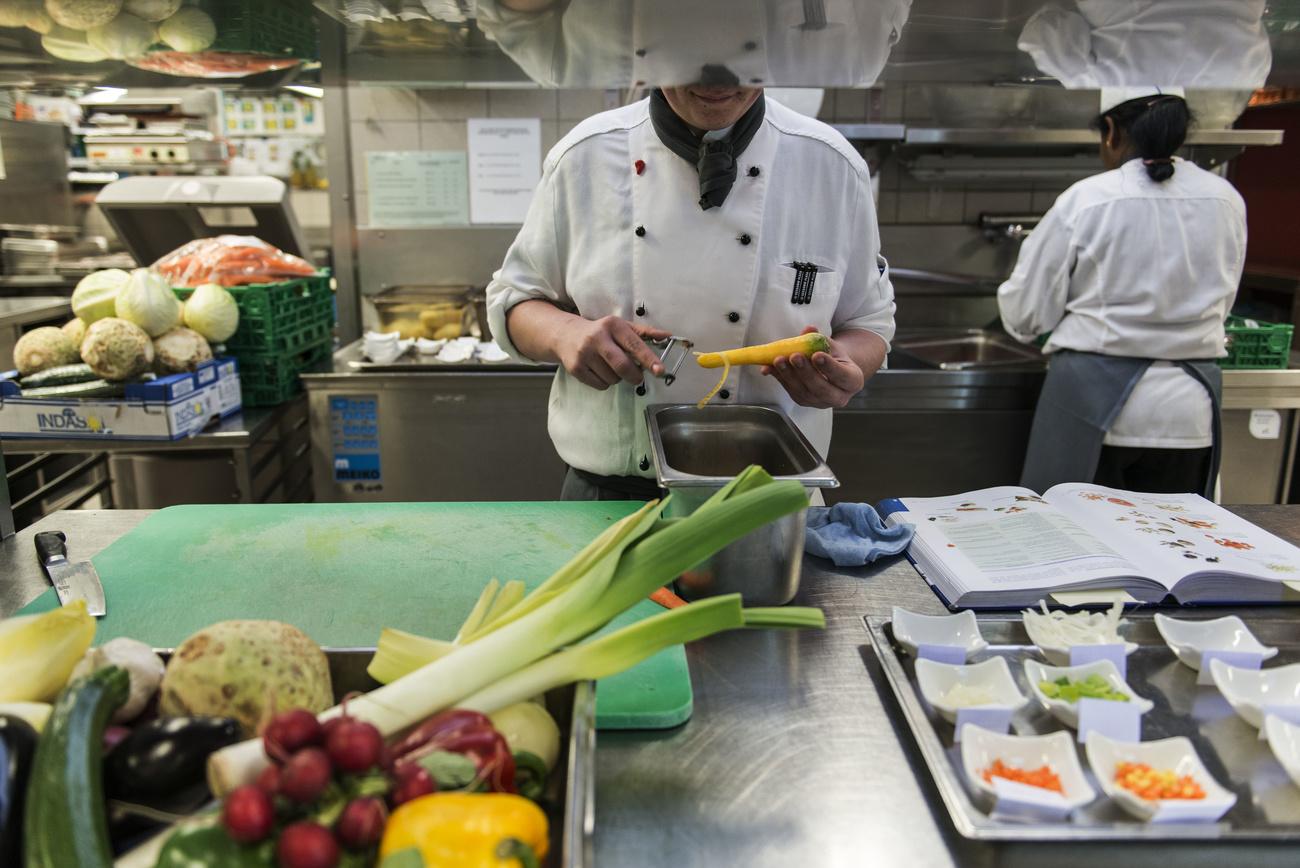






You can find an overview of ongoing debates with our journalists here . Please join us!
If you want to start a conversation about a topic raised in this article or want to report factual errors, email us at english@swissinfo.ch.